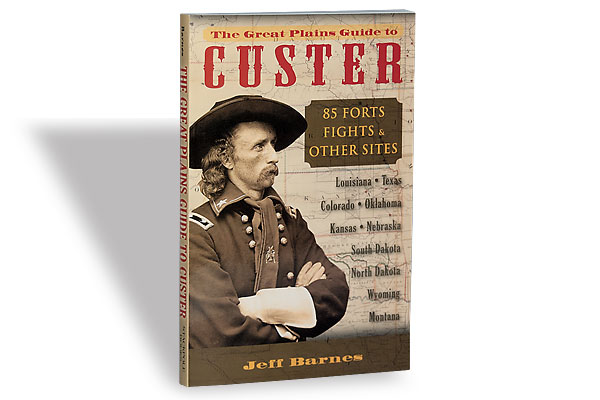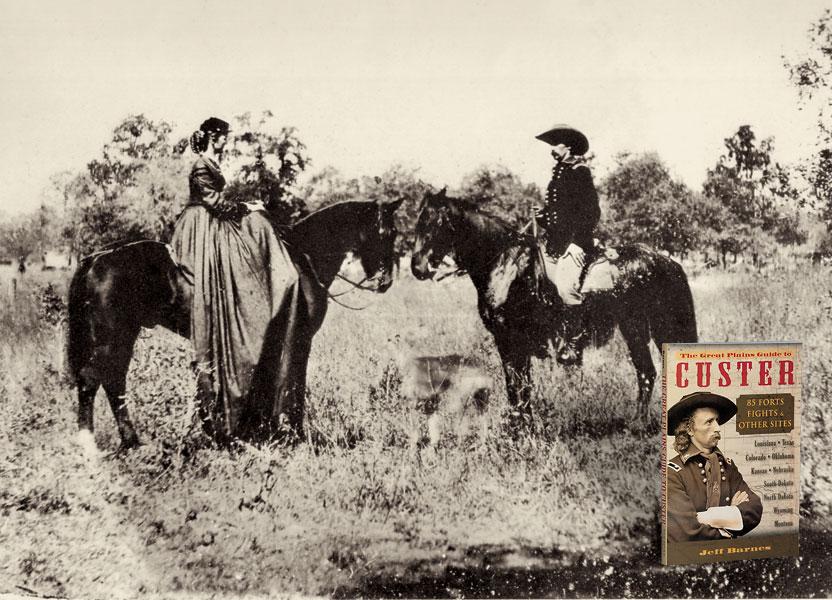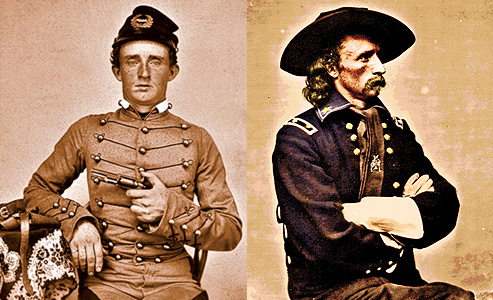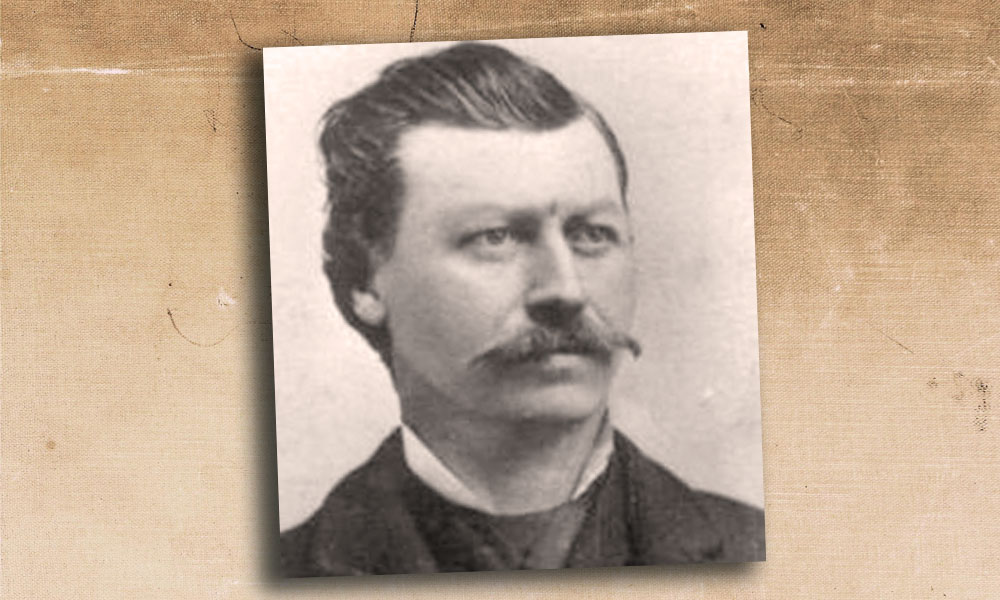 When folks ask me about the goals I have as the U.S. Congress’s “Foremost Custer Living Historian,” I tell them that, in addition to reading the literature he had in his personal library, I want to visit all the sites Custer saw in his lifetime.
When folks ask me about the goals I have as the U.S. Congress’s “Foremost Custer Living Historian,” I tell them that, in addition to reading the literature he had in his personal library, I want to visit all the sites Custer saw in his lifetime.
Jeff Barnes’s 230-page book The Great Plains Guide to Custer has taken me a little closer to what Barnes describes as “a place among those who know the stories or are learning them and now want to see and enjoy the land that Custer walked.”
That journey begins in Louisiana and quickly and chronologically moves Custer into the West, starting with his arrival in Texas. Enhanced with period photographs and current-day descriptions of more than 65 historical forts and sites attributed to the general, the book gets better with Barnes’s helpful hints and instructions on how to get access to active army posts and the days to avoid sites when they are being used as correctional facilities.
Barnes allows us to experience the simplistic life Libbie described as home on Big Creek. We feel the chill of the wintery Washita, the high altitude of the Black Hills, and we celebrate the Grand Duke taking a buffalo before the West was gone.
Barnes easily ranks alongside those Custer experts he acknowledges in the book. For me, his guide is particularly rewarding because the sites are all specific
to Custer.
For those content to just watch They Died with Their Boots On, this may not be the book for you. But for anyone driving out to the Little Big Horn (one of three re-enactments are described in the book), there can be no better companion on the seat beside you.
Photo Gallery
– Courtesy Jeff Barnes –







